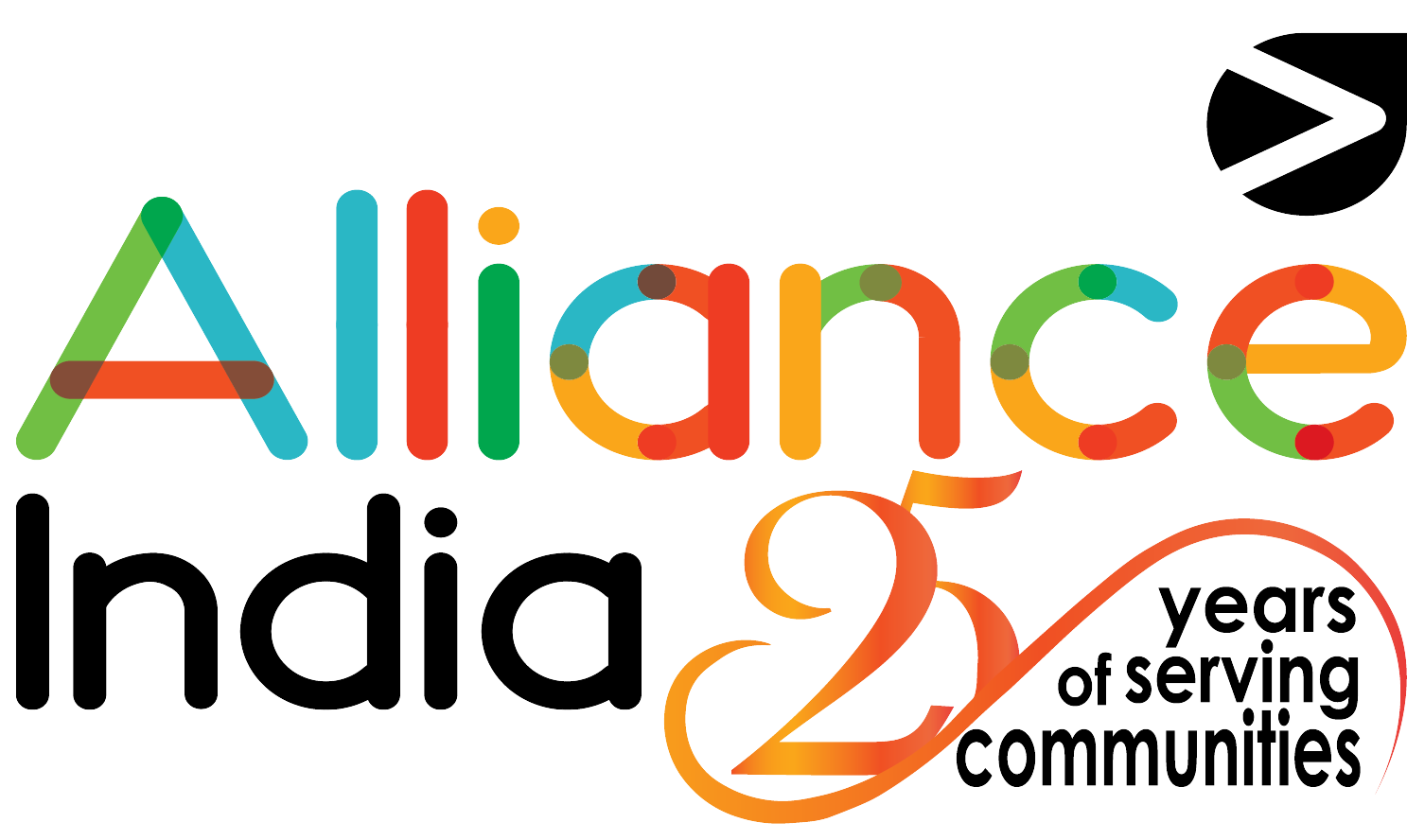Rainbows of Hope for India’s PLHIV
“I walk a lonely road, the only one that I have ever known.”
As I listen to these lyrics by the American rock band Green Day, I reflect on the road that I took nearly twenty years ago when I first started working in the field of HIV/AIDS. It was 1997 then, and I joined a Needle Syringe Exchange programme in Manipur as an Outreach Worker/Counsellor. Manipur is one of the most HIV/AIDS affected states of India, particularly amongst people who inject drugs. In those days, few people had heard of HIV, and there was so much fear and anxiety surrounding it. When people tested positive, it was difficult for them to even access care services and treatment was not yet an option. In my own journey over these years, I have seen friends, families and dear ones living with HIV subjected to opportunistic diseases, stigma and discrimination, inaccessibility of treatment, and early often painful death.
Time passed, and by 2004 things got better. Antiretroviral treatment (ART) was made available for free for people living with HIV (PLHIV) whose CD4 counts were less than 200. Many were eligible for ART, but those who had borderline CD4 counts could not access treatment. In 200 and 2007, I lost so many people I cared about who might have lived with treatment but their CD4 counts did not meet the criteria of 200. By the time their CD4 count had dropped below 200, it was often too late for treatment to help, and consequently many of them died.
Nevertheless, we persevered, and change did come. The CD4 criteria was increased, first to 350 and now recently to 500. This moves India closer to the new guidelines adopted by the World Health Organization (WHO) that recommend immediate treatment for all PLHIV. In addition, the government has also just committed to provide third-line ART to patients who are resistant to other treatment regimens. These improvements to treatment help make the services provided by our Vihaan care & support programme for PLHIV even more effective.
Communities and civil society have a vital role in India’s HIV response. As partners with the government, we bring essential expertise to implement programmes and create awareness across the country. The leadership of PLHIV has transformed many aspects of treatment, care and support. We are partners, but we must also be vigilant and work with the government to ensure that the system works for those in need and quality services are complemented by an uninterrupted supply of ART drugs and other commodities necessary for health and wellbeing.
As I listen to Green Day murmur the next few lines, “I walk this empty street, on the Boulevard of Broken Dreams,” I know that I am not alone. The government, civil society and concerned individuals – in the PLHIV community and beyond – are raising their voices to ensure the right to health of all PLHIV. Together we are working to end stigma and discrimination and improve HIV treatment and care services. Where once I walked under a dark cloud, I now see my silver lining and rainbows of hope for India’s PLHIV.
The author of this blog, Rosenara Huidrom, is the Associate Director of the Care & Support Programme at India HIV/AIDS Alliance.
Other Recent Articles
- Youth Voices: Life with HIV in Contemporary India 26 September, 2023
- Empowering Transgender Community to create an Equal World 20 July, 2023
- Combating Stigma and Discrimination Among People Living with HIV 7 July, 2023
- Understanding the Significance of HIV Testing: Impact on Individuals, Relationships, and Society 22 June, 2023
- Empowering Lives during Unrest l Our Commitment to Manipur 5 June, 2023
- Empowering the Transgender Community: Alliance India Initiates Transgender ID Card Registration Drive 17 May, 2023
- The Struggle of Embracing Identity- International Day Against Homophobia, Transphobia and Biphobia 17 May, 2023
- Innovaccer Provides Support to Ensure Quality Health Services to Children Living with HIV 5 May, 2023
- The Essential Role of Social Protection Schemes for People Living with HIV 13 April, 2023
- Marriage is only between a biological male and biological female,” Centre tells Supreme Court 14 March, 2023
- Made by Nicdark - Copyright 2020
- donations@ong.com
- volunteers@ong.com
- contact@ong.com
India HIV/AIDS Alliance (Alliance India)
A not-for-profit Section 8 Company with Registration No: U85310DL1999NPL098570
Contact
-
6, Community Centre
Zamrudpur Kailash Colony Extension
New Delhi – 110048 - +91-11-4536-7700
Download
Quick links
©2021 All Rights Reserved by Alliance India



Leave a Reply